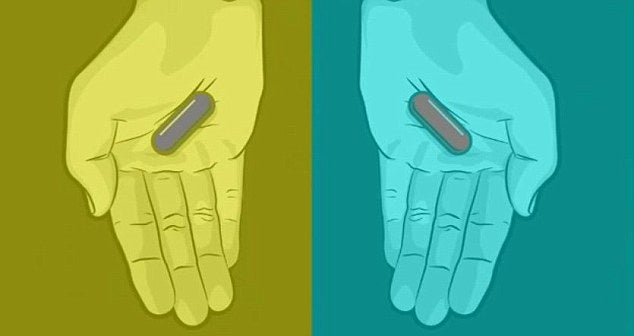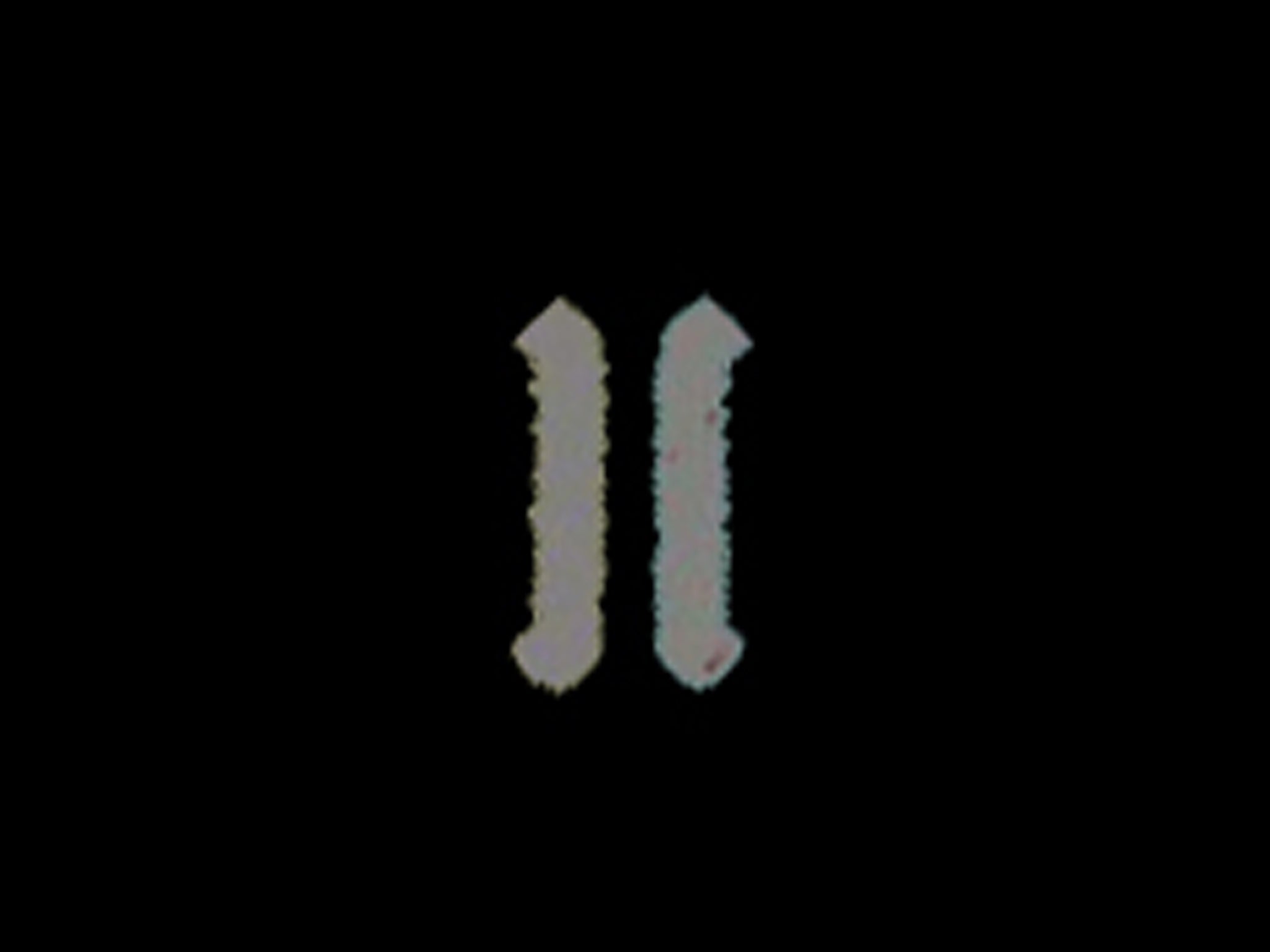Facebook virtual reality optical illusion less impressive than originally thought
Picture seems to nudge you into believing the image

Your support helps us to tell the story
From reproductive rights to climate change to Big Tech, The Independent is on the ground when the story is developing. Whether it's investigating the financials of Elon Musk's pro-Trump PAC or producing our latest documentary, 'The A Word', which shines a light on the American women fighting for reproductive rights, we know how important it is to parse out the facts from the messaging.
At such a critical moment in US history, we need reporters on the ground. Your donation allows us to keep sending journalists to speak to both sides of the story.
The Independent is trusted by Americans across the entire political spectrum. And unlike many other quality news outlets, we choose not to lock Americans out of our reporting and analysis with paywalls. We believe quality journalism should be available to everyone, paid for by those who can afford it.
Your support makes all the difference.When Facebook executives took to the stage to introduce their virtual reality products, they did so with an unbelievable optical illusion. But, it turns out, that picture might have been so hard to believe because it was untrue.
During Facebook’s F8 conference last week, where it showed off new products including virtual reality technology made by subsidiary Oculus, executives showed optical illusions that they said showed humans are simply “inference machines”, and life is already an illusion. Oculus’s chief scientists, Michael Abrash, likened the idea to The Matrix and said that virtual reality could one day be like the all-encompassing world that humans are said to inhabit.
But one of the central optical illusions seems to be not as much of an illusion as it was claimed.
Abrash showed an image of two hands that appeared to be holding the red and blue pill from The Matrix, which character Morpheus uses as a symbol of deciding to stay in the virtual world or to move to the real one. The two different coloured pills were actually the same colour, he claimed, showing the fact that reality can trick us.

But the two pills seem to have been actually different colours. The image seems to use small nudges to help you see the pills as differently shaded — not changing the entire colour, but adding some extra pixels of the relevant picture to nudge viewers along.
While most of each pill is the grey shown in a follow-up picture, there is also speckles of each colour put into the image — so that the one in the yellow background looks slightly blue, and the one with the blue background looks slightly red, even when the background is taken away.

The colours are confirmed by Photoshop’s colour dropper, which shows that there is more blue present in the colouring of the image on the yellow background and more red in the one with the blue background.
Many of the images shown were still illusions — and the effect can still be powerful without the modifications, as was seen in the entirely unaltered image of the dress.
But the image, shown as a demonstration of the power of virtual reality, could also show that it’s still got some way to go.
“Your visual system isn’t interested in whether the photons coming from a tile on a random image are red or blue or grey.
“Knowing that didn’t keep anyone from being eaten by lions on the Savannah.
“What it is interested in is identifying potentially relevant features, in the real world, under a variety of conditions.
“Your visual system constantly corrects for the colours in the scene. It is reverse engineering reality rather than just recording it. The colours seen are your brain’s ‘best guess’.”
“Welcome to the rabbit hole.”
But perhaps the image and the nudges that look to have been inserted into it by Oculus also show something more about virtual reality. VR has to overcome many of the most basic instincts of humans, since the difference between being tricked into seeing something and actually seeing it could have meant the difference between being alive or eaten for early humans.
Join our commenting forum
Join thought-provoking conversations, follow other Independent readers and see their replies
Comments